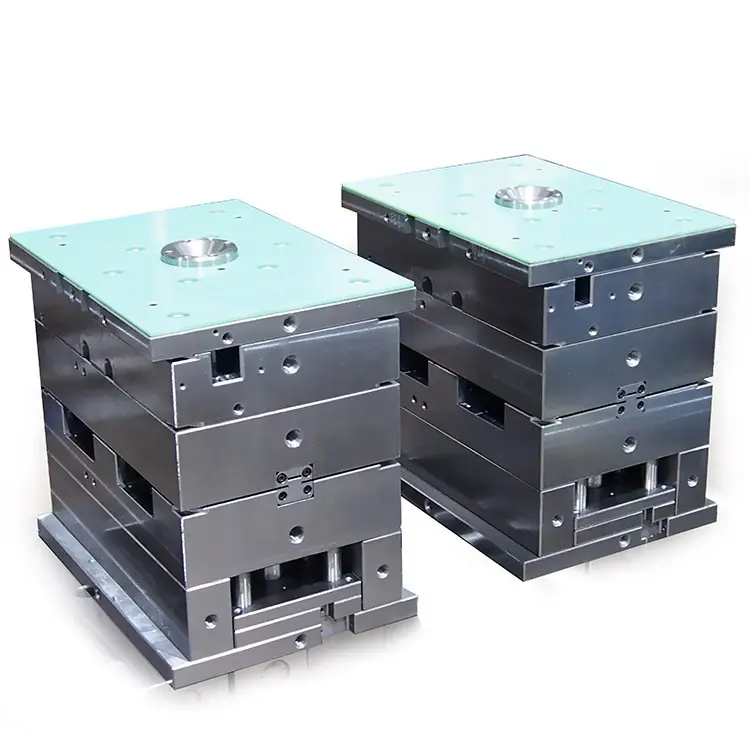In the rapidly evolving landscape of manufacturing, the importance of selecting the right mould base cannot be overstated. In Singapore, known for its advanced manufacturing capabilities, understanding the nuances of mould base selection is crucial for ensuring product quality, cost-effectiveness, and operational efficiency.
Understanding Mould Bases
A mould base serves as the foundation for moulds used in the production of plastic, metal, and other products. It plays a critical role in the durability, accuracy, and efficiency of the manufacturing process. Here are the key components of a mould base:
- Core and Cavity Inserts: The parts where the product shape is formed.
- Cooling Channels: Enhance product quality through temperature management.
- Alignment Features: Ensure proper assembly and consistent product output.
- Material Selection: Influences overall production costs and product quality.
Importance of Selecting the Right Mould Base
Choosing the proper mould base impacts various factors in the manufacturing process:
- Product Quality: A well-chosen mould base leads to better product precision.
- Cost Efficiency: Proper selection can reduce material waste and operational costs.
- Production Time: Efficient designs can streamline the manufacturing process.
- Maintenance: Some mould bases require less maintenance, impacting long-term costs.
Factors to Consider When Selecting Mould Bases
When selecting a mould base, several factors should be considered to ensure it meets the demands of your manufacturing process:
| Factor | Description | Importance |
|---|---|---|
| Material | Material choice affects durability and cost. | High |
| Size | Dimensions must fit production requirements. | Medium |
| Design Complexity | Complex designs can increase manufacturing costs. | Medium |
| Cooling System | Well-designed cooling improves cycle times. | High |
| Alignment Features | Critical for ensuring precision in the final product. | High |
Types of Mould Bases Commonly Used in Singapore
In Singapore's manufacturing sector, several types of mould bases are commonly utilized, each with its unique benefits and applications:
- Standard Mould Bases: Widely used and versatile for various applications.
- Custom Mould Bases: Tailored to meet specific manufacturing needs.
- Multipurpose Mould Bases: Designed for different products, enhancing flexibility.
- Heavy-duty Mould Bases: For robust applications requiring high durability.
- Hot Runner Mould Bases: Improve efficiency by reducing waste in plastic manufacturing.
Material Considerations for Mould Bases
The choice of materials is pivotal in mould base selection.
Common materials used in mould bases include:
- Steel: Known for its strength and durability; often used for heavy-duty moulds.
- Aluminum: Lightweight and good for thermal conductivity; ideal for prototype moulds.
- Composite Materials: Offer specific benefits like corrosion resistance and weight savings.
- Hardening Treatments: Applied to improve wear resistance and longevity.
Best Practices for Mould Base Selection
When it comes to selecting a mould base, adhering to a set of best practices can enhance the selection process:
- Define your product specifications and production goals clearly.
- Evaluate different material options based on the specific application.
- Consult with experienced mould designers to discuss potential issues.
- Consider long-term costs, including maintenance and replacement.
- Ensure compatibility with existing manufacturing equipment and processes.
Conclusion
In conclusion, selecting the right mould base is essential for maintaining a competitive edge in Singapore’s manufacturing landscape. By understanding the types of mould bases, evaluating them against key factors, and following best practices, manufacturers can optimize their processes for enhanced efficiency and product quality. Rigorous material selection plays a vital role in this equation, contributing to both cost-effectiveness and durability. The diligent selection of mould bases will ultimately lead to improved production outcomes and stronger market positioning.

